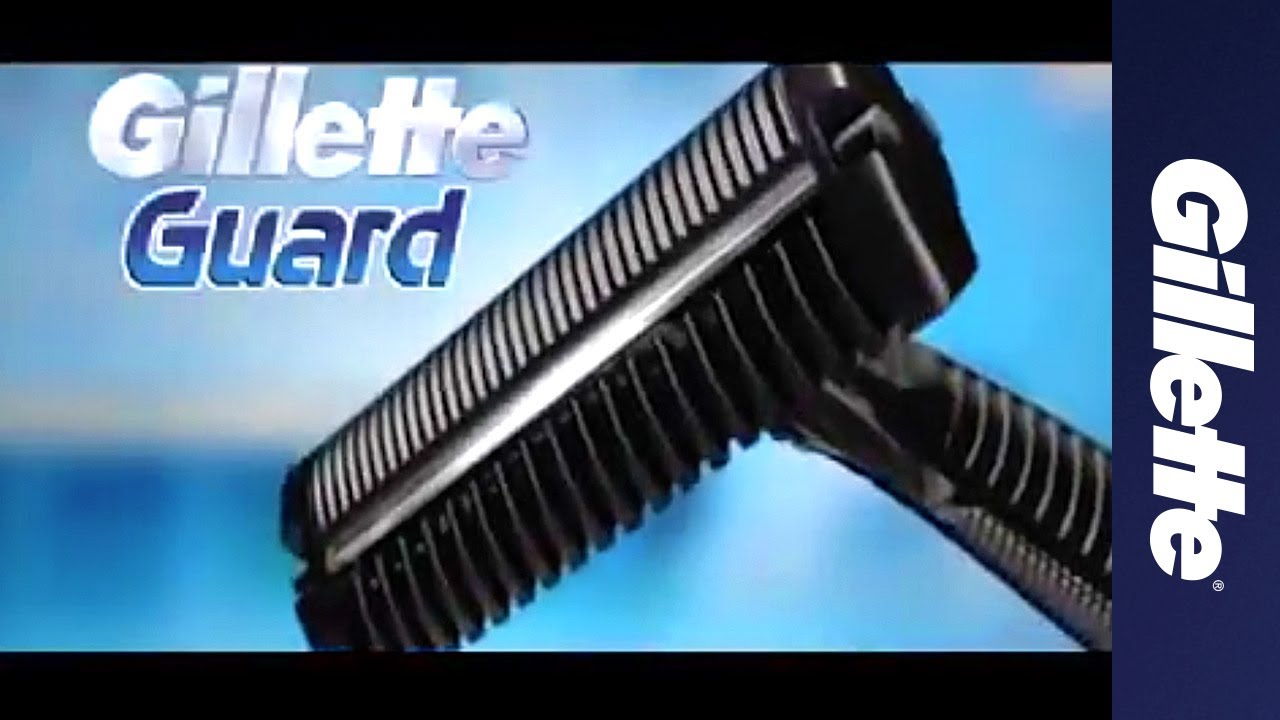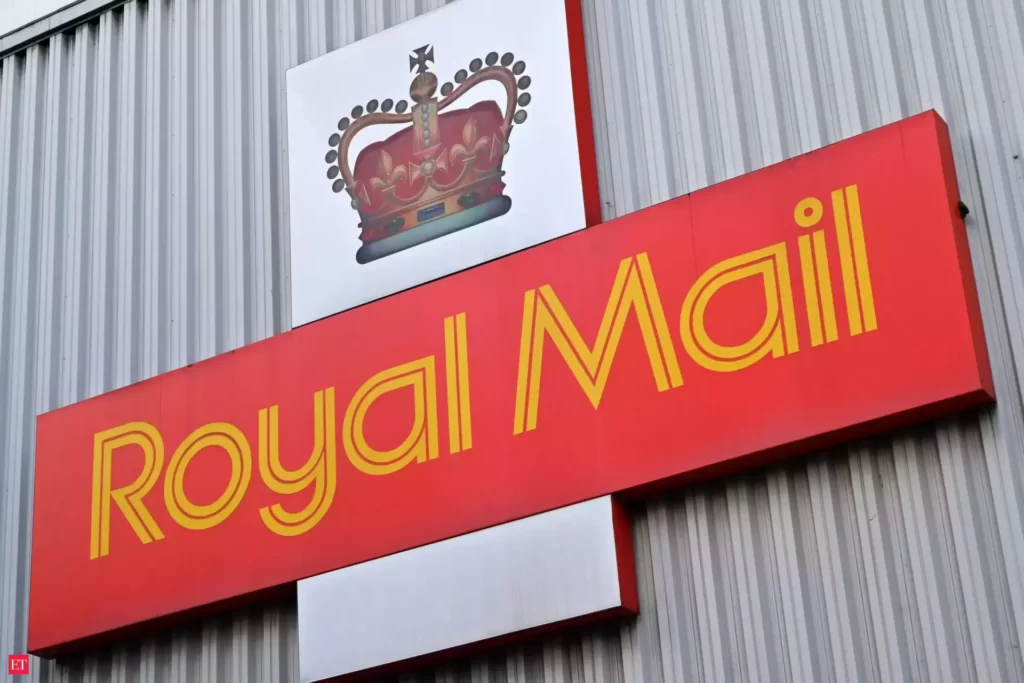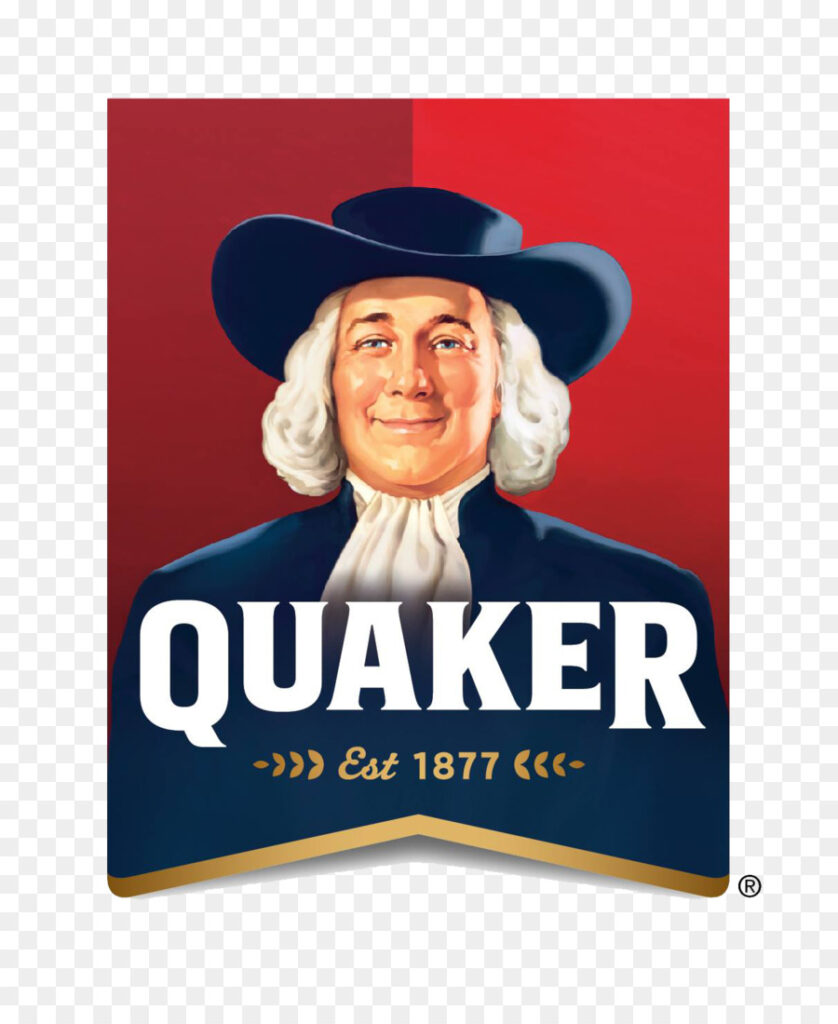Failure to Success – Gillette learnt the hard way in India

From a resounding flop to a roaring success in the Indian market, Gillette had to rough it out initially due to lack of understanding
The Vector Flop
One of the worst marketing campaigns in Indian history was launched by Gillette in 2002 when they introduced the Vector razor. That razor model had a plastic unclogging bar that moved down the handle. Because Indian males often have denser, thicker hair, the threshold was raised to accommodate them. They also tend to shave less regularly than American guys, resulting in larger beards.
For market research among Indian customers before releasing it to the public, Boston-based Gillette had Indian students at the neighbouring Massachusetts Institute of Technology try out the razor. They reported back that it was a vast enhancement.
But in India, where Gillette introduced the razor, the response was rather different. The executives didn’t understand why the razor failed to take off until they visited India and saw folks shaving with a cup of water. The MIT campus was fully equipped with plumbing and running water for all students. It was necessary since the razor kept getting stuck otherwise.

Mach3
Despite the introduction of Gillette’s triple-blade technology, Mach3, in 2004, sales remained unimpressive for a while. The product’s premium pricing, which was 10 times that of its two-blade rivals, was maintained, as were its distinctive characteristics, such as its long-lasting diamond-like coated blades, ‘PowerGlide’ smoothness, ergonomic handles, and pivoting precision heads.
The conventional, double-edged razor remained entrenched despite marketing to urban, middle-class, and upper-middle-class males who had more discretionary cash than the typical Indian. To an Indian man, shaving is not an important enough ritual to warrant such an additional cost. Extensive market research informed Gillette’s Mach3 value proposition by highlighting significant problems men had about shaving, such as how time-consuming it was, how it caused skin irritation, and how unpleasant it was overall. “the closest shave ever in fewer strokes – with less irritation” was the claim made about the Mach3, and it seems to have been fulfilled. Because it was so important to provide the promised performance, R&D was a major part of the value network that supported this claim.
The Reality
Gillette India’s approach before 2010 was to sell lower-priced razors that were designed in the United States. Gillette’s high pricing meant that only middle- and upper-class Indians could afford to buy the product. In the form of an estimated 400 million dissatisfied consumers, the current market offered Gillette a potential development prospect. As a result, the company dedicated a great deal of time to visiting and interviewing consumers to learn more about the importance of grooming in their daily life and the specific requirements of its target demographic.
Gillette recognised the need to physically visit the locations frequented by its target audience to engage with them on their terms and get a deeper understanding of their needs.
Developmental Research

More than a thousand customers were visited at their homes, shops, and focus groups for three thousand hours. They stayed around all day, often far into the night, to see how individuals spent their days. They also facilitated talks in smaller groups and asked questions about their goals, why they wanted to shave, how often they did it, and so on.
They discovered that many people in the area live in makeshift huts that lack running water and sanitation facilities. In the early morning hours, men typically shave while seated on the floor with a bowl of water and no reflection in sight. Compared to the typical five to seven minutes it takes to shave in an American home, this might add up to a significant amount of time. And it takes a lot of effort for Indian guys to avoid injury.
The upshot was that American razor manufacturers had spent decades advertising the benefits of a tight shave, introducing new blades to attain a softer face. However, in India, males are more concerned about avoiding cuts.
Guard
Gillette used this information to begin developing a new razor specifically for the Indian market. Five prototypes were created by P&G in about nine months.
The resultant Guard razor had a single blade instead of the several blades common in American razors, placing a premium on safety rather than proximity.
As was discovered in the course of shooting various shavers in India, different people have varying preferences for how they hold their razors; as a result, the grip was designed to accommodate a variety of hand sizes and shapes. Since Indians often had thicker hair, a little comb was placed next to the blade, and the handle was designed with a hole so that it could be hung. Customers may conserve water and keep the blades clean with the aid of easy-rinse cartridges, which are useful in situations where there is no access to running water. Creating a “safety comb” was one solution to the issue of haircuts, particularly for men who don’t shave every day and had to cope with long hair.
It was then up to the corporation to find out how to mass-produce the razor without going over budget. P&G paid close attention to every detail. Compared to the 25 parts required for the Gillette Mach3, a three-blade razor, the number of parts in this new model is only four. The razor’s handle is hollow, making it both lighter and cheaper to produce.
In what way? The Vector is three times as expensive to produce than the Guard. Gillette’s Guard was marketed for 15 rupees (about 34 cents), while individual razor blades cost 5 rupees (about 12 cents).
It seems that the business’s plan was successful. Guard’s share growth was the fastest of any P&G brand in India, where P&G had a 9% market share. In addition, Euromonitor found that Gillette had captured 49.1% of the Indian razor and blade market. That’s an increase from 2007’s total of 37.3.

Lessons Learned
To create a product that would appeal to a certain demographic, the R&D process had to be rethought from the ground up. Because of the design’s simplification, 80% fewer components are needed for manufacture compared to the Gillette Vector. This helps reduce production costs, which is important for keeping the cheap price sustainable for the business model.
In addition to investing heavily in R&D, Gillette opted to distribute Guard via a vast network of independent retailers, rather than large chains, to better serve the brand’s core demographic. Its extensive diffusion was achieved by this method.
Gillette Guard’s marketing effort relied on classic advertising showcasing Bollywood stars rather than the sophisticated digital methods employed in industrialised countries. The success of Gillette Guard in India may be attributed in large part to the fact that it helped alter the traditional shaving habits of Indian men. Gillette Guard, the company’s first product aimed squarely at males, was hailed as “one of the most important product releases in Gillette history.”
Gillette could innovate that ultimately leading to its success in India. The company first made use of creative methods of customer communication in 2009 to win over a previously uninterested demographic. Gillette was able to overcome customers’ apathy with shaving by launching the new Gillette Mach3 alongside a series of inventive conventional advertising and marketing efforts. This change allowed Gillette to go from responding to the market to actively shaping it.
Second, in 2010, Gillette engaged in “reverse innovation,” creating a product aimed at low-income consumers. Gillette tried to get into the Indian market by offering two distinct types of American razors, but none of them did very well. It retraced its steps, investing much in market research to learn about its target audience’s wants and requirements.
Gillette recognized that the demands, culture, and perspectives of Indian customers on shaving were quite different from those of Western consumers. Gillette maintained the client at the centre of its approach and offered a new value proposition to appeal to those who were looking to save money without sacrificing quality. Furthermore, by establishing a reliable value network, Gillette was able to fulfil its promises to consumers. Its business approach, which included a personalized offering and other value-added features, was consistent with and bolstered the central value proposition.
Gillette was able to keep costs low by keeping production close to home. Gillette was able to increase its market share thanks to a distribution mechanism that relied not on a small number of megastores but on millions of small businesses known as kiranas. The Gillette Guard case in India is a prototypical example of the kind of thing you’d see in a book on marketing strategy. Some parts of the approach, though, look to be divisive. One has to do with protecting the planet for future generations. Guard needs replacement cartridges often, it is not exactly a green product.
Mistakes are made when multinational corporations use a one-size-fits-all approach to marketing their worldwide brands. Gillette was successful in India because the company invested time and energy in learning about the preferences of Indian customers.



